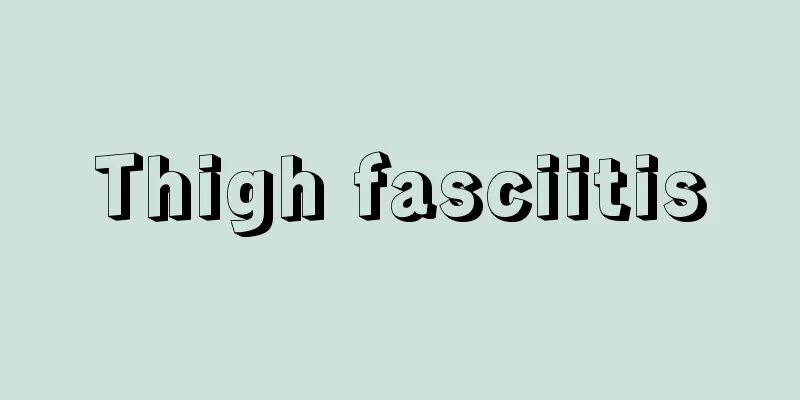Thigh fasciitis

|
Fasciitis is a fibrous inflammation, a non-specific inflammation, and a comprehensive concept. Fasciitis can occur anywhere on the body, usually in the lower back or posterior iliac crest, but some patients also suffer from fasciitis in the thighs. Myofasciitis in the thigh will cause pain and stiffness, which makes the patient very uncomfortable. Let’s take a closer look at the main treatments for thigh fasciitis. Fasciitis, also known as fibrositis, is a comprehensive concept and a nonspecific inflammation occurring in the myofascia. It can occur in various parts of the body, most commonly in the waist, posterior iliac crest and scapular area. For some patients with lower back pain, small nodules can be felt on the surface of the sacrospinal muscle or at the attachment of the iliac crest muscle, accompanied by pain and tenderness, and sometimes they can also be found in the buttocks. The nodule palpable clinically is actually a localized fatty connective tissue, so it is also called fat hernia. Such nodules may stimulate peripheral nerve endings and produce local muscle spasms and pain. It is more common in middle-aged and older people, especially those who lack muscle exercise for a long time and are often exposed to dampness and cold. For some patients, symptoms can be relieved by resting. Hot compresses and massage can dissipate nodules and are also effective in blocking painful nodules. Nonsteroidal anti-inflammatory drugs are commonly used to treat fasciitis, such as ibuprofen and diclofenac, but they should not be used for a long time. You can take vitamin E orally for 3 to 4 months to help prevent recurrence. Muscle training may still be the most important, but the timing and method of exercise should be mastered. Avoid exercise when pain occurs acutely. Swimming is a better way to exercise. A small number of patients with stubborn symptoms that cannot be cured for a long time require surgical treatment. During surgery, cracks were found in the local fascia, with fat herniating from the cracks. These are the nodules palpable clinically. Adhesions of fat to surrounding tissues, including fascia and adjacent cutaneous nerve branches, may be the cause of pain. Surgery should remove the nodule, repair the fascia, separate adhesions and remove the cutaneous nerves, and the effect is usually good. Since multiple lesions are often present, surgery can only resolve the symptoms of one location, so the surgical indications should still be strictly followed. |
<<: Can penicillin cure prickly heat?
Recommend
Sodium hydroxide flake
Many friends do not know that flake alkali and so...
Care methods after suffering from hamartoma
Life is precious, but the body is more precious. ...
How can vitiligo be treated?
The main methods for treating vitiligo are drug t...
What should I do if I find my chin is crooked when taking a photo
Everyone loves beauty. Many people find that ther...
What are the folk remedies for athlete's foot and sore feet
It is very common for athlete's foot to gradu...
Which method is best for treating ovarian tumors?
After an ovarian tumor occurs, many treatment met...
What are the symptoms of Pakinson's disease
Pankinson's disease is a disease that everyon...
How to remove dye from hands?
People often go to barber shops to dye their hair...
Observation and nursing of complications after laryngeal cancer surgery
With the continuous development of science, peopl...
Is cervical cancer hereditary?
Parents are most worried about patients with obvi...
8 key points in the diagnosis of primary bronchogenic lung cancer
What are the key points for diagnosing primary br...
Can purple sweet potato and sweet potato be eaten together
We will find that purple sweet potatoes and sweet...
Common nursing diagnoses for lung cancer?
Lung cancer patients will have impaired gas excha...
What to eat after renal hamartoma surgery? Share the dietary taboos after renal hamartoma surgery
Renal hamartoma is a relatively common disease. I...
How to quickly treat glioma
Gliomas are more common in men, especially gliobl...









